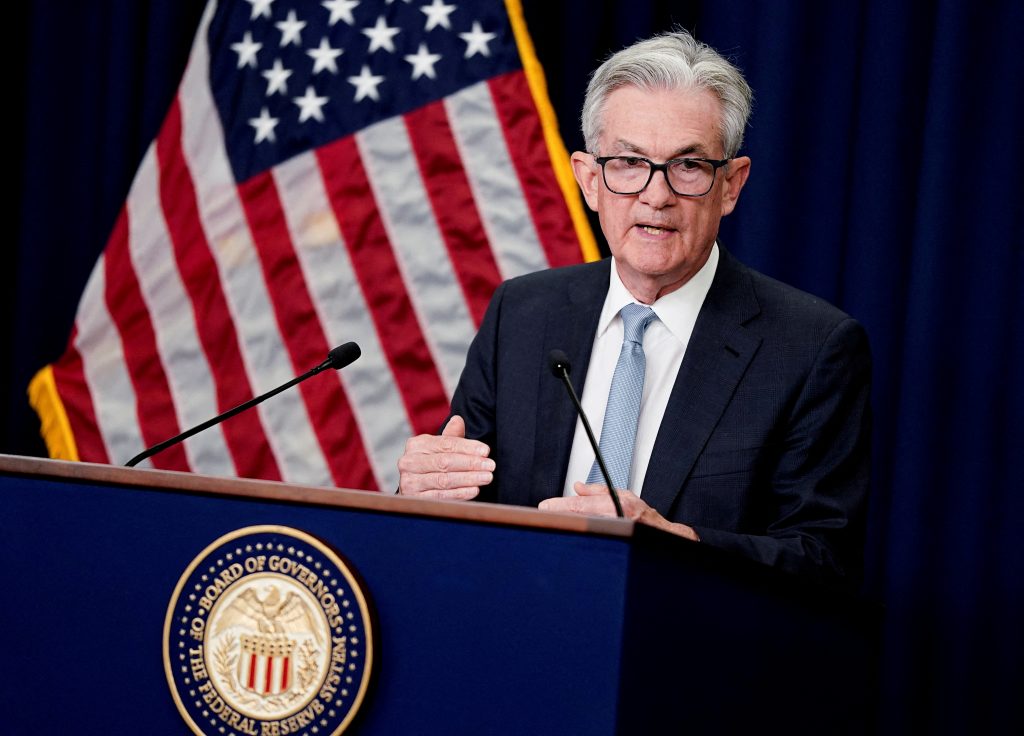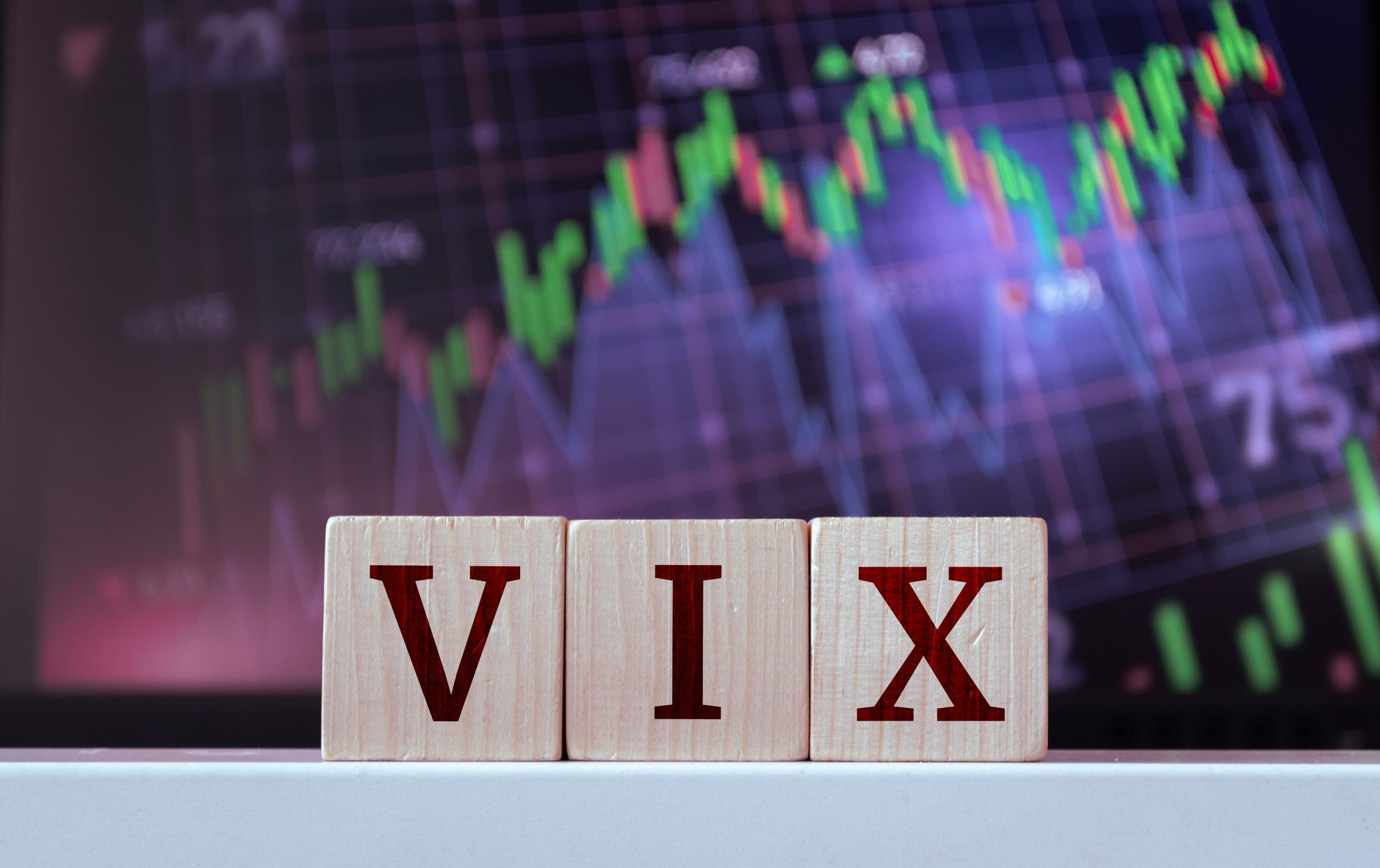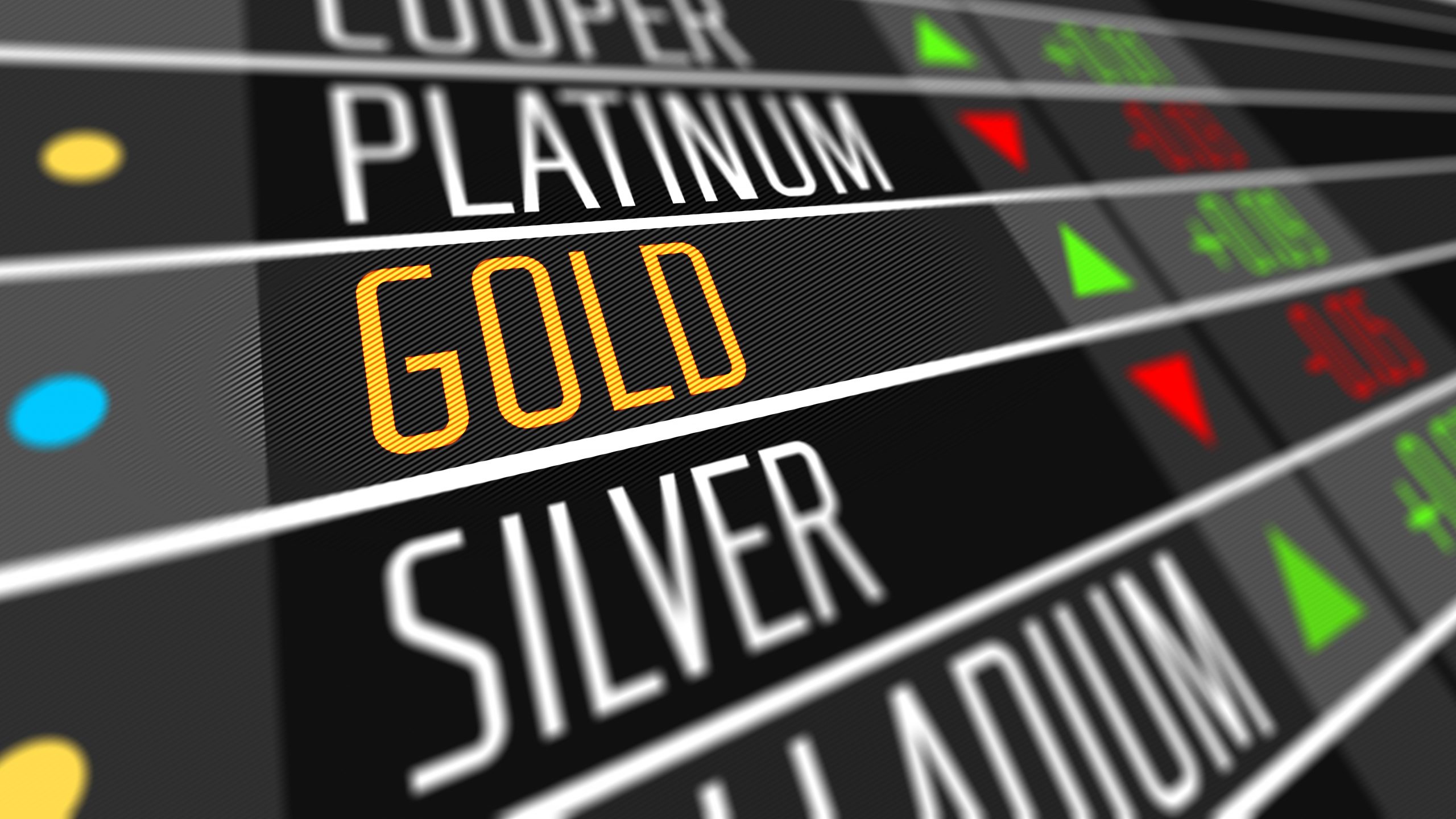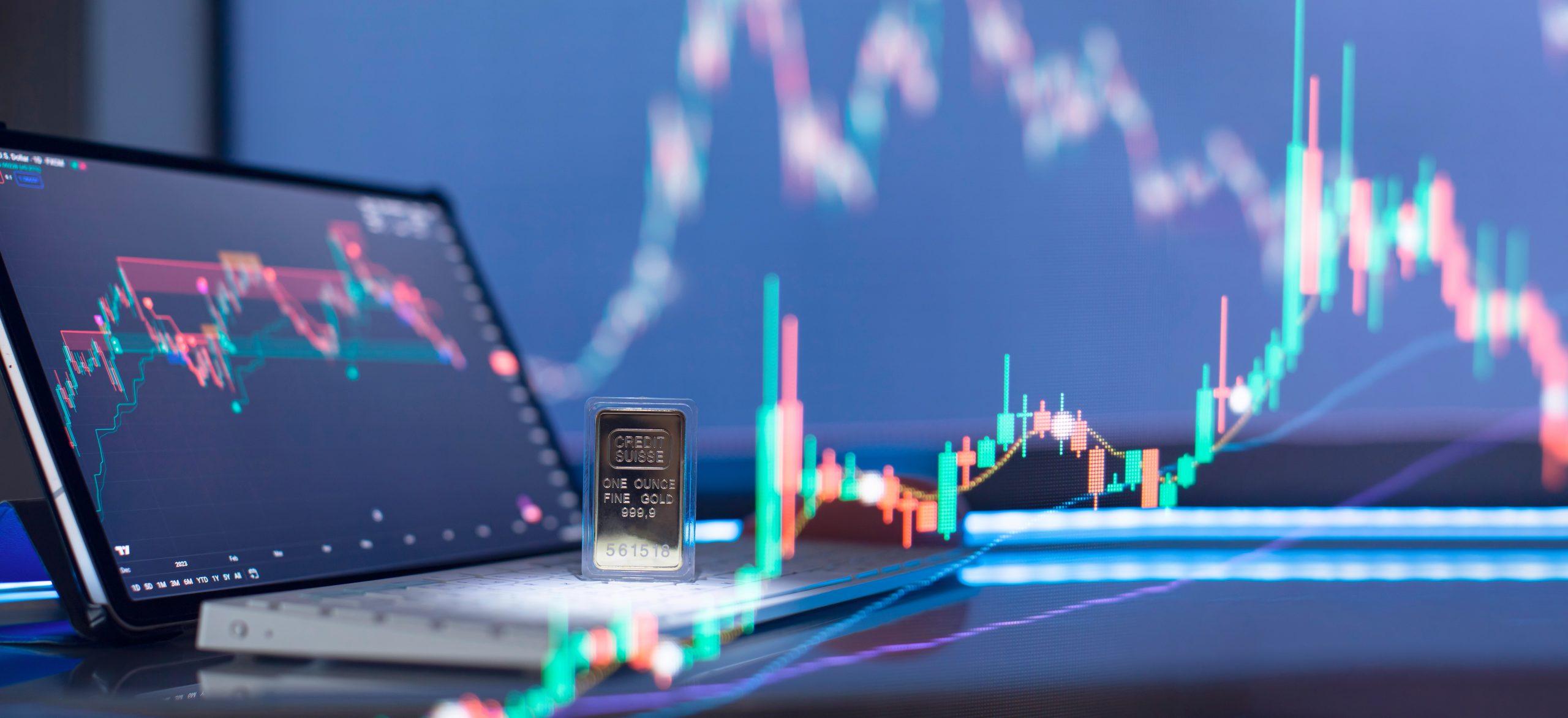3 Ways to Trade Interest Rates Ahead of the July Fed Meeting
Interest rates have been a focal point in the markets during the 2022 trading year, and to access this niche of the markets investors and traders can consider utilizing three different product groups: government bonds, Treasury yields and bond-focused ETFs.

Interest rates have been a focal point during the 2022 trading year, and that likely won’t change anytime soon.
The U.S. Federal Reserve has been aggressively raising benchmark interest rates in the United States during 2022 in an attempt to help cool down inflation. And the latest inflation reading—which was released on July 13—suggests that the central bank’s work is far from done.
On July 13, the Bureau of Labor Statistics reported that the consumer price index (CPI) increased 9.1% year-over-year in the month of June. That’s the fastest pace of inflation observed in the U.S. since 1981.
Based on that report, the market instantly adjusted its expectations for the next rate hike by the Federal Reserve. The Fed’s next big meeting is scheduled for July 26-27, and futures markets now suggest there’s roughly a 70% chance that a full-percentage point increase could be announced in the wake of that meeting.
Moreover, forecasts suggest that benchmark interest rates could rise all the way to 3.5% by the end of the year. Currently, the federal funds rate—the de facto U.S. benchmark for short-term interest rates—is set at 1.50%.
Barring a major change in the underlying economy, it therefore seems clear that further hikes lie ahead. So how can investors and traders capitalize on the changing interest rates environment?
Traditionally, there have been two primary markets that market participants use to access interest rates—bond futures and bond-focused equities and ETFs—because the pricing of these products is heavily tied to interest rates. But in recent years, new products have been introduced in the market that make interest rates even more accessible, including the Small U.S. Treasury Yields offered by the Small Exchange.
To learn more about trading rate-focused products in the financial markets, readers can review the information in this post, or jump straight into the videos highlighted below:
- Splash Into Futures: Trading Interest Rates using Bond Futures
- Small Stakes: How to Trade Interest Rate Futures
- Market Measures: Trading Interest Rates with TLT
Government Bond Futures
Interest rates are one of the six main categories of futures, alongside equity indices, energy products, agricultural products, metals and foreign currencies.
Interest rates play a big role in the pricing of debt securities. Governments and corporations often borrow from the public using bonds, which typically pay a fixed rate of interest, along with a promise to return the principal (original amount borrowed) at maturity. The interest rates fixed to bonds is influenced heavily by the federal funds rate set by the Federal Reserve.
Moreover, it’s important to keep in mind that interest rates share an inverse relationship with bond prices. When interest rates rise, existing bonds typically fall in price, because newly issued bonds will theoretically pay out on a higher interest rate. In response to this change, many investors and traders will sell out of their existing bonds, in favor of buying new issues (with higher rates).
As a result of the extremely close relationship between interest rates and bond vaulations, many rates-focused positions in the market are established via bond futures. For short-term exposure, traders can utilize the 90-day Eurodollar interest rate futures. For longer-term exposure, traders can choose from U.S. government bonds such as: Treasury Bills (1 year or less), Treasury Notes (2 years, 5 years, 10 years) and Treasury/Ultra Bonds (20 years, 30 years).

Taking a hypothetical bond futures position, imagine a trader expects 30-year interest rates to increase. Holding that outlook, a trader might decide to sell the 30-year Treasury bond future. If long-term interest rates rise while that position is held, then 30-year Treasury bond should decrease in value, producing a profit for the short bond position.
To learn more about trading interest rates using government bond futures, readers can check out this installment of Splash Into Futures on the tastytrade financial network.
U.S. Treasury Yields
Yield is just another way of expressing the concept of an interest rate, although it refers to the return side of a debt investment.
For example, a person taking on debt thinks about their obligation in terms of the associated interest rate, but the person or entity buying that debt and receiving the interest payments usually thinks about that income in terms of yield (i.e. return on investment).
So when interest rates increase, so do yields, generally speaking. And the Small Treasury Yield (S10Y) offered by the Small Exchange is directly tied to the percentage yield of the U.S. 10-year Treasury bond—one of the most widely accepted global benchmarks for interest rates.
So if an investor or trader expects interest rates to increase further, he or she should consider purchasing the S10Y, which should theoretically increase alongside interest rates. Conversely, a trader expecting interest rates to decline might sell the S10Y.
It should be noted, however, that while interest rates and yields are highly correlated in terms of moving together up and down, they are not perfectly correlated.
Ultimately, Treasury yields move based on the direction of U.S. Treasury bonds. And there may be instances when demand for Treasury bonds picks up (pushing down yields), even when interest rates are amidst an upward trend. This is due to the perceived safety of such instruments, given they are backed by the full faith and credit of the U.S. government.
So while yields often move in the same direction as interest rates, they can also move based on supply and demand in the bond market.
The strong positive correlation between interest rates and Treasury yields is clearly evidenced by data from the early days of the COVID-19 pandemic. At that time, the Federal Reserve dropped benchmark rates down to zero, and the 10-year Treasury yield responded by dropping to a record low of 0.318%, as market participants flocked to the relative safety of U.S. government bonds.
As fear dissipated in the market, the yield on the 10-year Treasury bond rebounded. And that rebound intensified this year as the Fed moved to increase benchmark interest rates. Today, the 10-year yield is trading about 2.96%—well above the 0.318% observed in March of 2020.
Yields provide another important avenue for investors and traders to access exposure to interest rates. But when considering such positions, one must understand the broader context of the rates environment—such as the health of the underlying economy, the general direction of interest rates, and the pulse of the overall bond market.
By tracking these elements of the market, investors and traders can better understand where interest rates or yields are headed, and in the process potentially unlock a new trading opportunity.
As always, it can be prudent to mock trade (i.e. paper trade) a new product before deploying a live position—this process affords market participants with valuable time to learn how a new product behaves, without the risk of capital losses.
To learn more about trading interest rates using Small Treasury Yield products, readers are encouraged to review this previous installment of Small Stakes on the tastytrade financial network.
Bond-Focused ETFs
Investors and traders that want to trade interest rates, but don’t want to do so using futures products, can also consider bond-focused ETFs. One of the best-known ETFs in this space is the iShares 20+ Year Treasury Bond ETF (TLT).
TLT is a close proxy for long-term U.S. government bond prices (20+ years) in ETF form. This is outlined clearly in the TLT fund summary, which indicates that TLT invests “at least 95% of its assets in U.S. government bonds.”
As referenced previously, bond prices are inversely correlated with interest rates. Meaning that when interest rates go up, bond prices go down. That in turn means when interest rates go up, TLT also goes down.
So far in 2022, aggressive rate hikes have been instrumental in pushing government bond valuations lower, and along with them, TLT.
TLT started 2022 trading $144/share, and is currently trading about $116—a decline of roughly 19%. Based on current projections for future rate hikes, that means there may be further downside ahead for TLT.
Source: dailywealth.com
As additional rate hikes are announced by the Fed, it’s easy to envision TLT declining further. But if the Federal Reserve pauses its current campaign, or reverses course, that could be bullish for TLT.
As referenced previously, the next meeting of the Federal Reserve is set for July 26-27. For alternative ways to trade Fed and interest rate outcomes, check out this recent episode of The Prediction Trade podcast:
Sage Anderson is a pseudonym. He’s an experienced trader of equity derivatives and has managed volatility-based portfolios as a former prop trading firm employee. He’s not an employee of Luckbox, tastytrade or any affiliated companies. Readers can direct questions about this blog or other trading-related subjects, to support@luckboxmagazine.com.




















